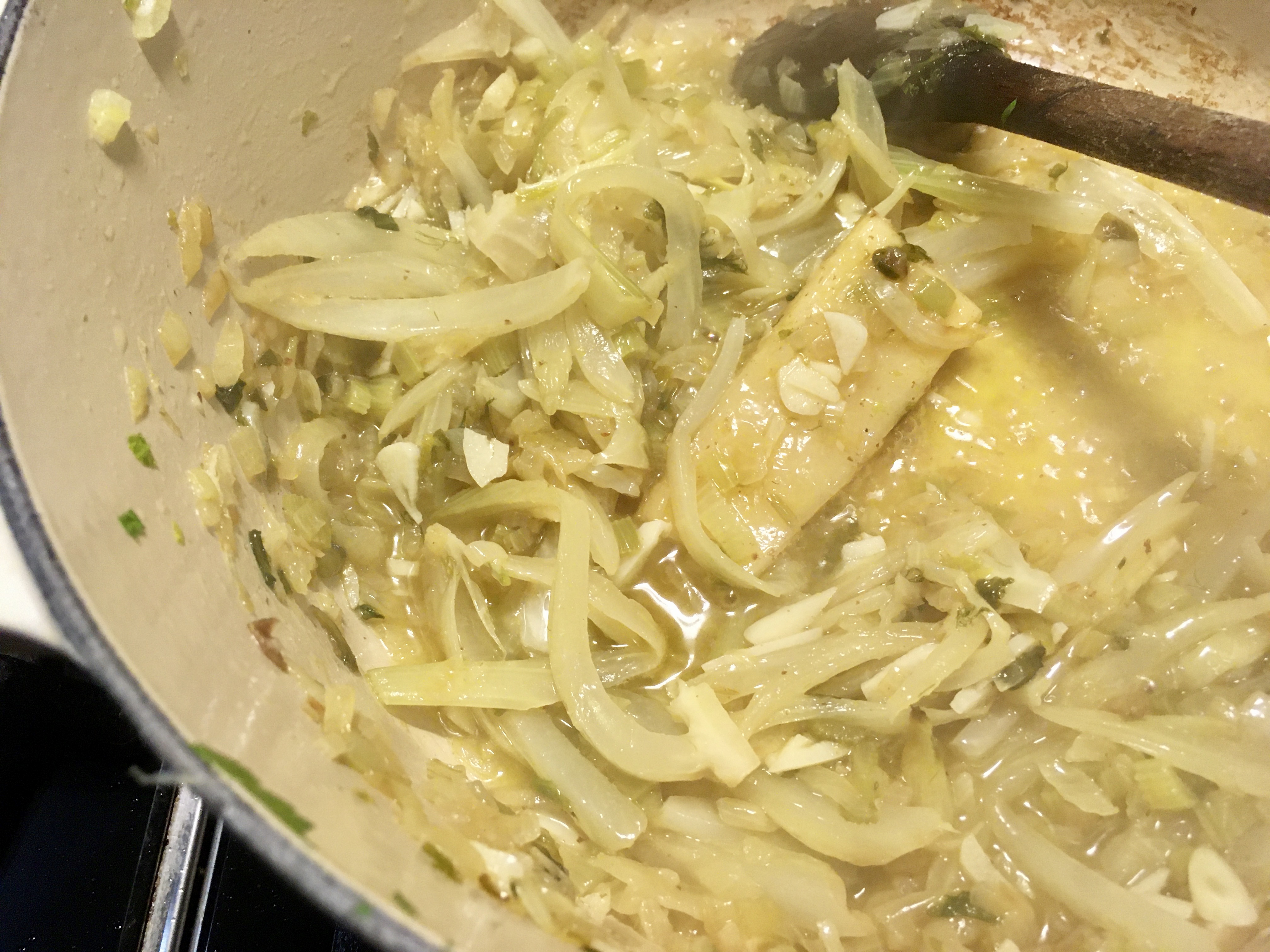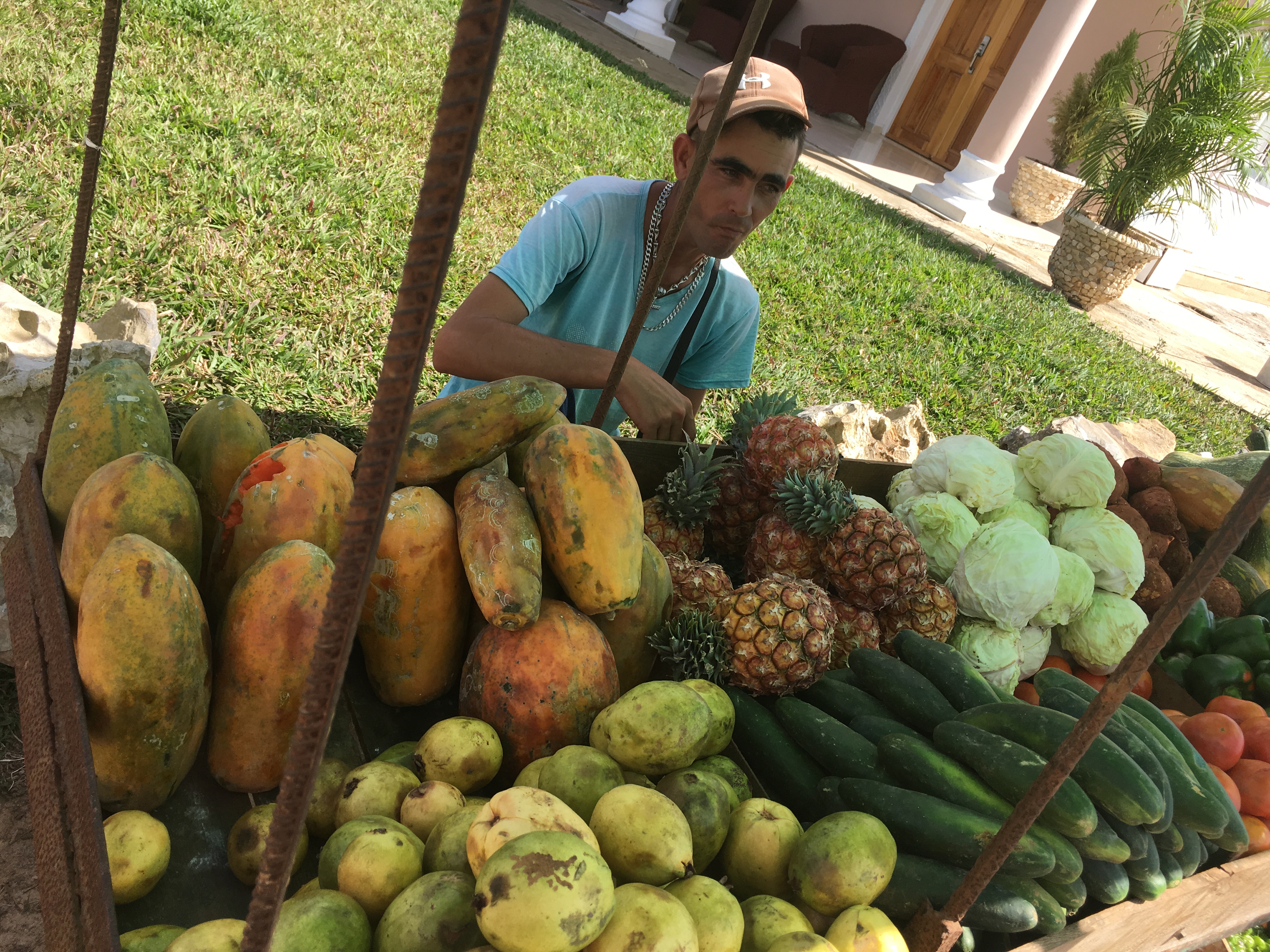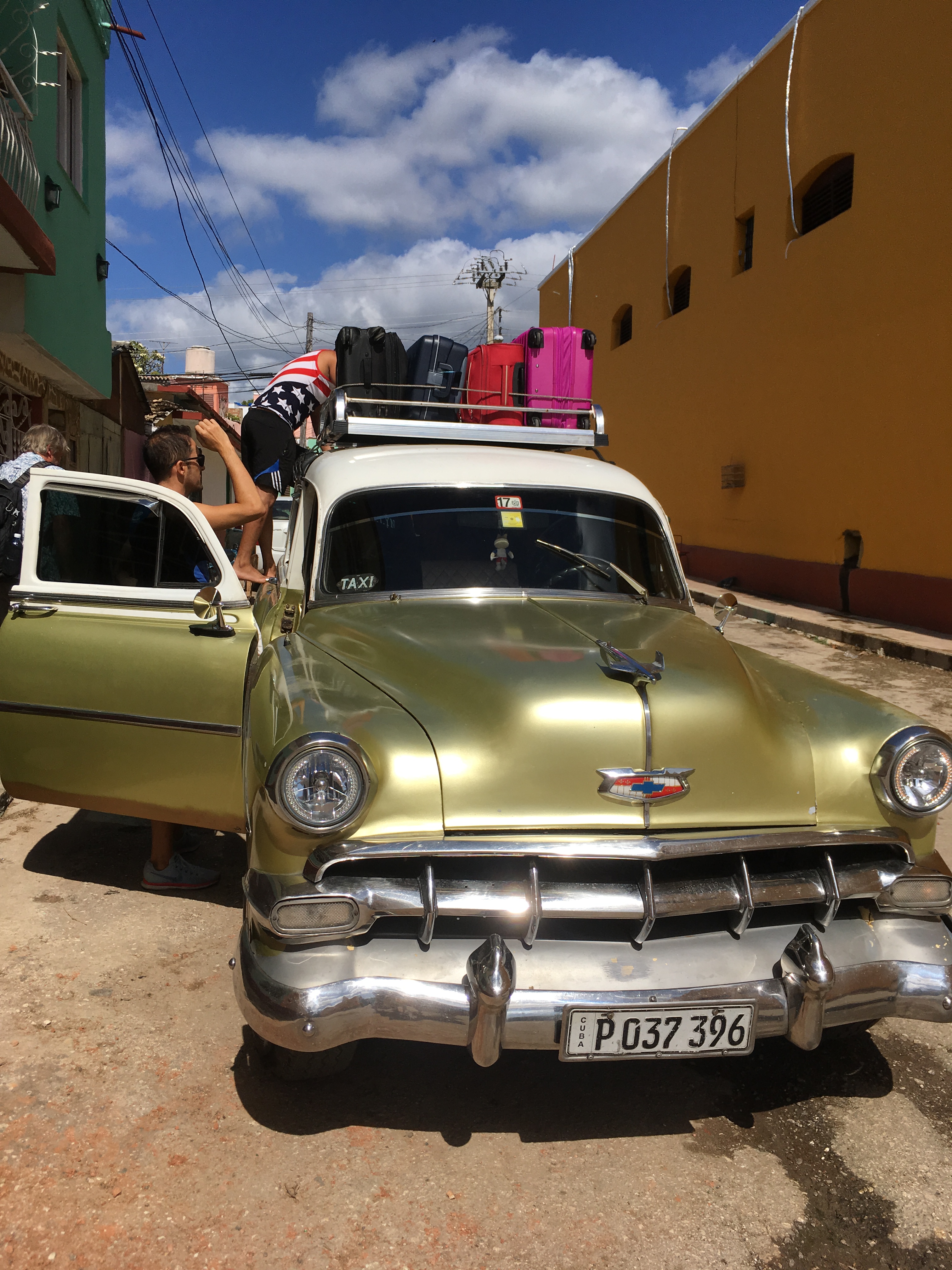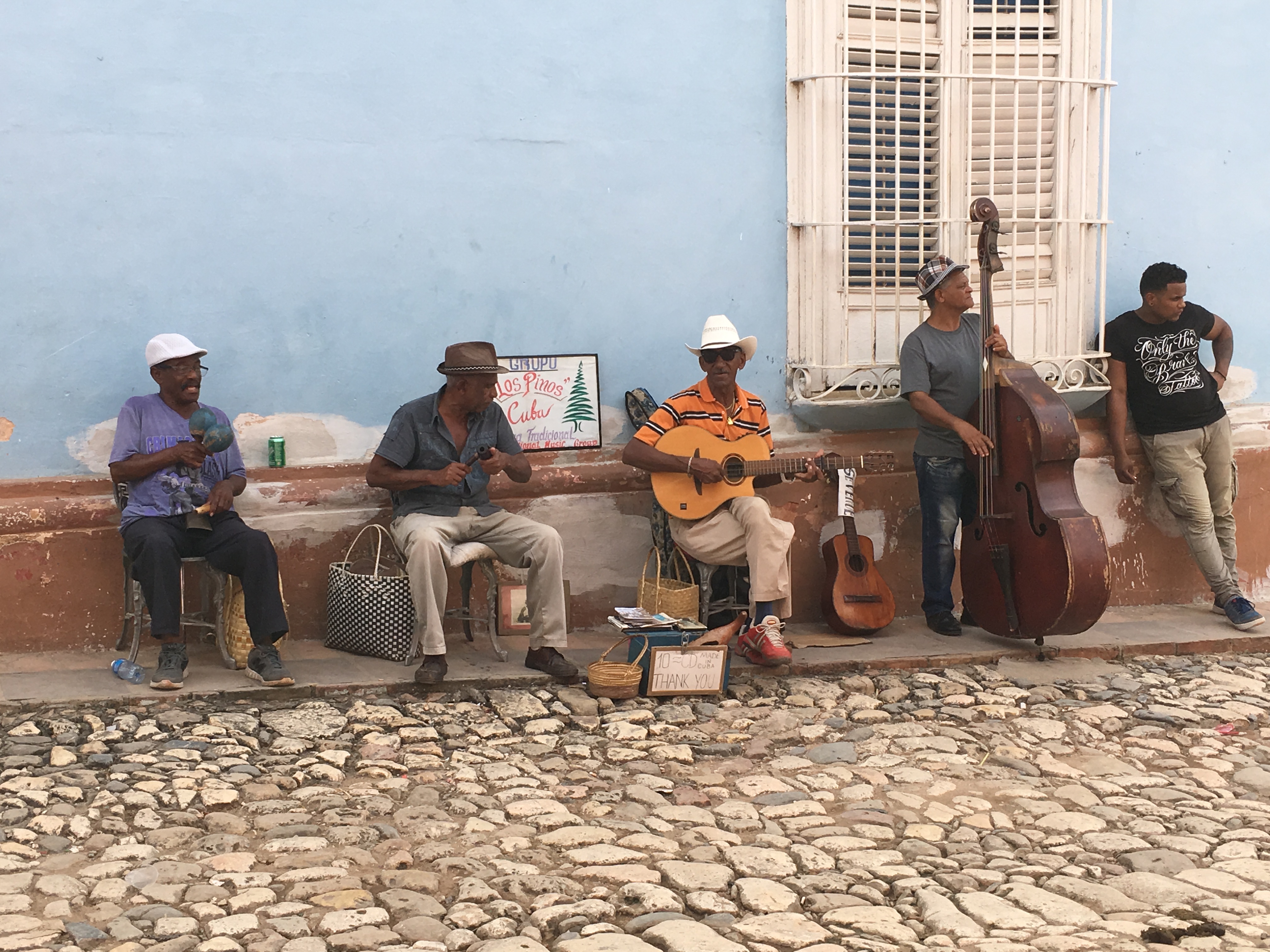I’m a bit of a bean freak and each year we grow a variety of beans in our garden. French beans, borlotti beans, angel beans, coca beans, dwarf beans…. and most years each of these produces enough beans for us to enjoy but no way overwhelm us but the runner beans exceed all expectations. They love the Irish climate.

Picking them is like magic. You walk one way along the row, picking beans until you think you’ve got them all then you turn around and walk back the other way and they reappear. Next thing you have a bucketful.
When I was a kid we ate a lot of runner beans simply cooked as a side vegetable. This would go on for weeks. Lots of beans and no variation in cooking method. I like runner beans but they did lose their appeal.
We now cook them in many different ways but the preparation always has to begin with stringing the beans. There is a ‘string’ on either side of a runner bean which needs to be removed. My mum used to do this with a paring knife which is effective but a vegetable peeler is faster and more fun. Just top and tail the bean then zip down each side with a vegetable peeler and the string falls away.

Here’s a recipe for pancakes that I found in my odd recipe file when searching for runner bean ideas. It’s adapted from a recipe by Claire Thompson which was in the Guardian years ago. The pancakes have a definite Asian hum and make an easy and tasty treat which I’d happily eat for breakfast, lunch or dinner. I made this recipe early one morning to check it out and it was like having breakfast in India.
Runner Bean Pancakes
350g runner beans
170g gram flour
300mls chilled sparkling water
1tsp salt
1tsp turmeric
1tsp garam masala
1-2 chillies
2-3 cloves garlic
4 spring onions
1tsp nigella seeds
1tsp black mustard seeds
Oil to fry
Put a large pot of water to boil. Add a little salt
String the beans then slice thinly on the diagonal. When the water boils add the beans then cook for 2 minutes. Drain and refresh the beans in cold water to stop them from cooking further then drain and put aside.
Peel and chop the garlic and chop the chillies.
Chop the spring onions. Keep a few green bits aside for the garnish
Sift the gram flour, turmeric and garam masala into a bowl then stir in the salt and the sparkling water
Heat a small frying pan, add little oil, ¼ tsp mustard seeds and ¼ tsp nigella seeds then enough enough runner beans to cover the bottom of the pan. Cook on a medium high heat for two minutes then add ¼ of the chopped garlic, ¼ of the spring onions and ¼ of the chillies. Cook for 2 minutes more then pour over enough batter to just cover the beans. Put a few extra beans in any gaps. Cook on a medium heat for 3 minutes or until lightly browned then flip the pancake. The easiest way to flip this pancake is to hold the pan with dry tea towel, put a small plate on top of the pancake then flip it over onto the plate then slip the pancake back into the pan. Cook the other side until golden then put on one side. Repeat the procedure 3 more times.
Delicious hot or cold with fresh tomato salsa on the side
Fresh Tomato and Chilli Salsa
2 big ripe tomatoes
1 small red onion
1-2 chillies
Juice ½ lemon
A small bunch fresh coriander
Salt
Cut the tomato in half and remove most of the seeds then dice quite small
Peel the onion and chop very finely
Peel and chop the garlic finely
Chop the coriander.
Put all the ingredients into a bowl. Mix gently and season with a little salt

























